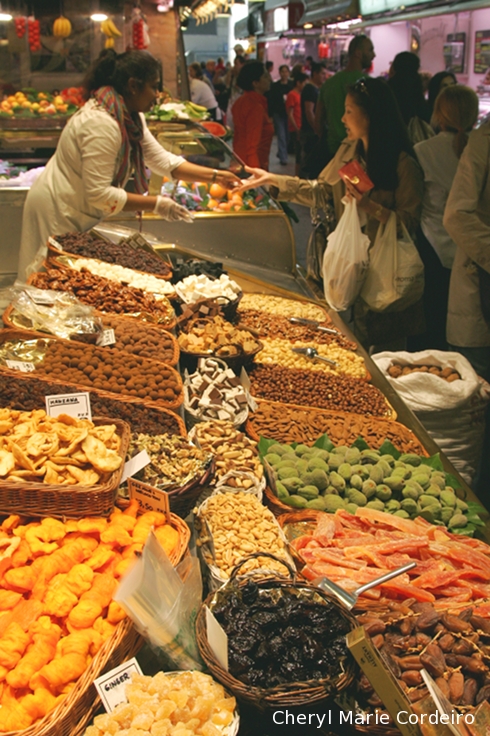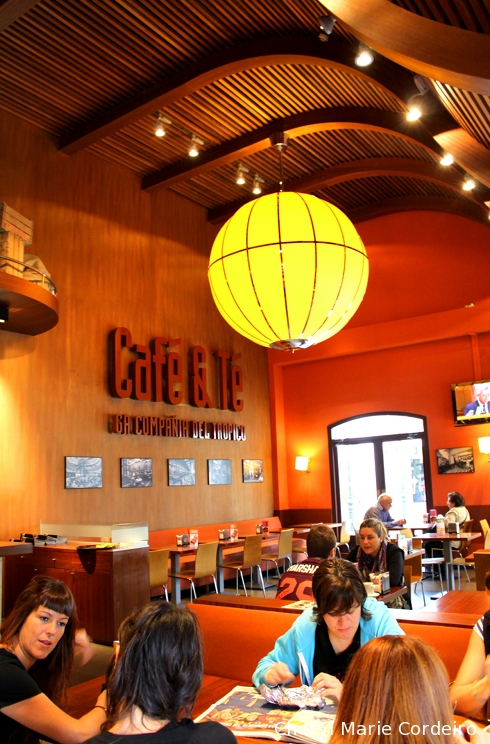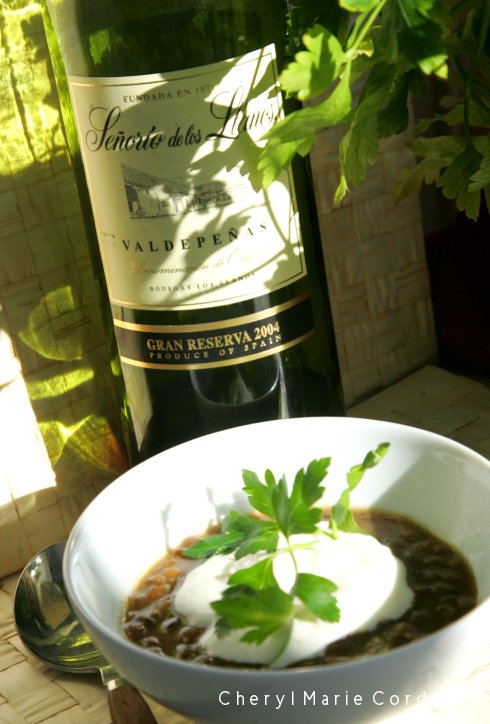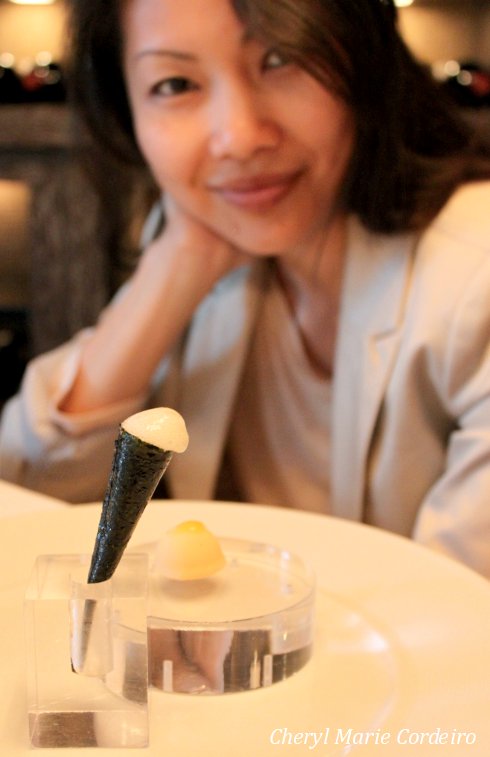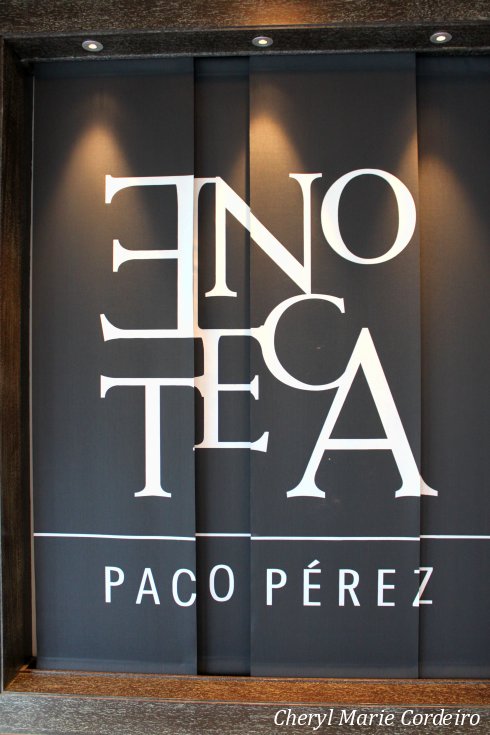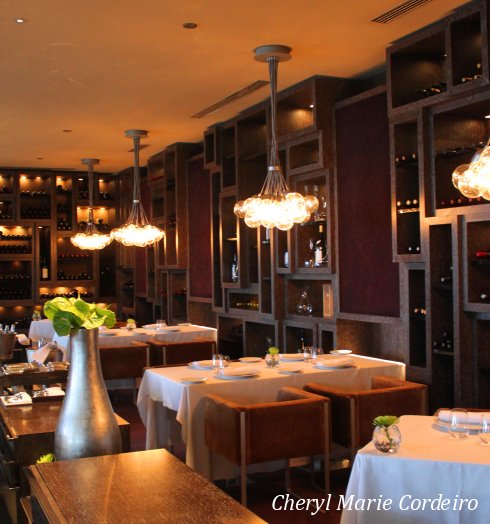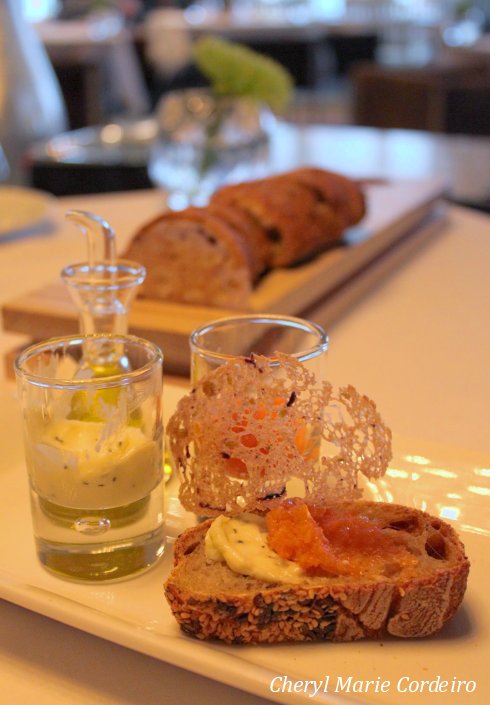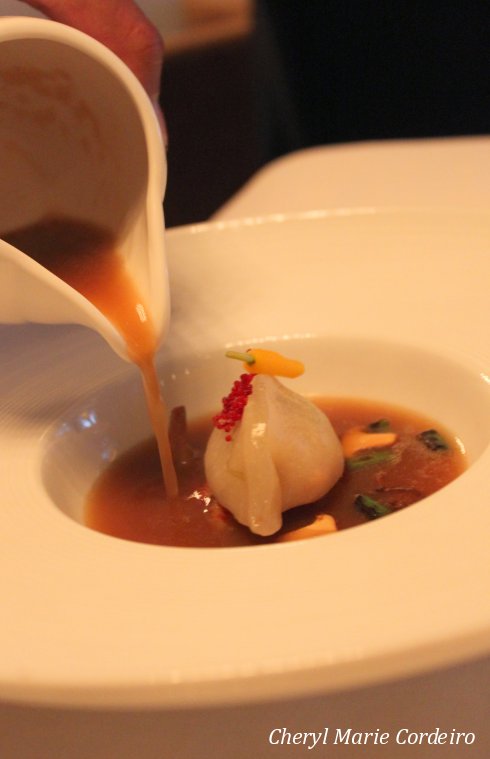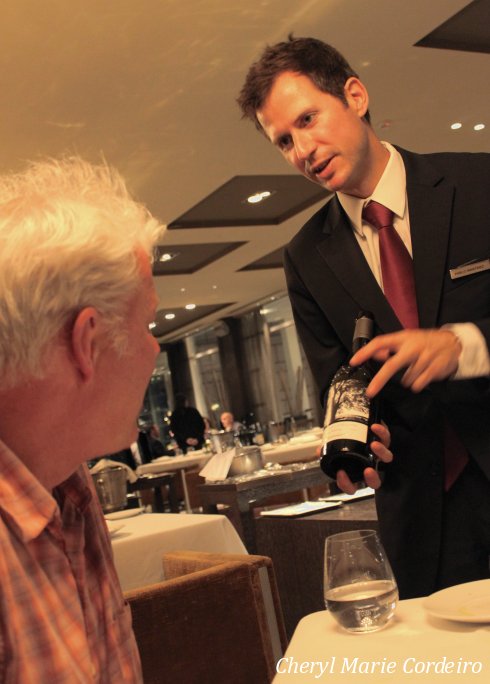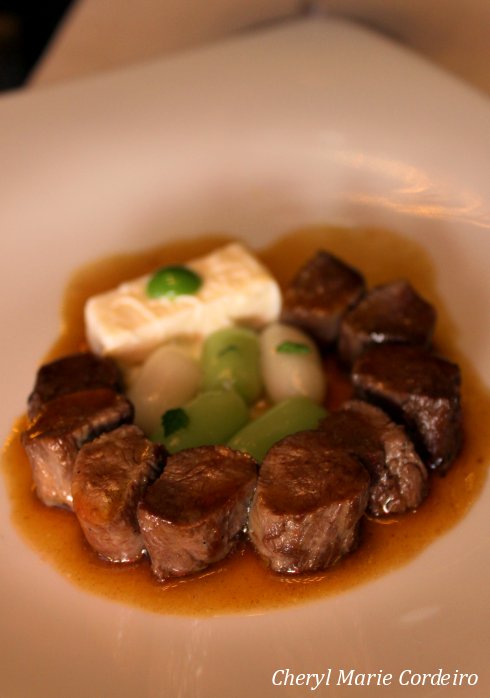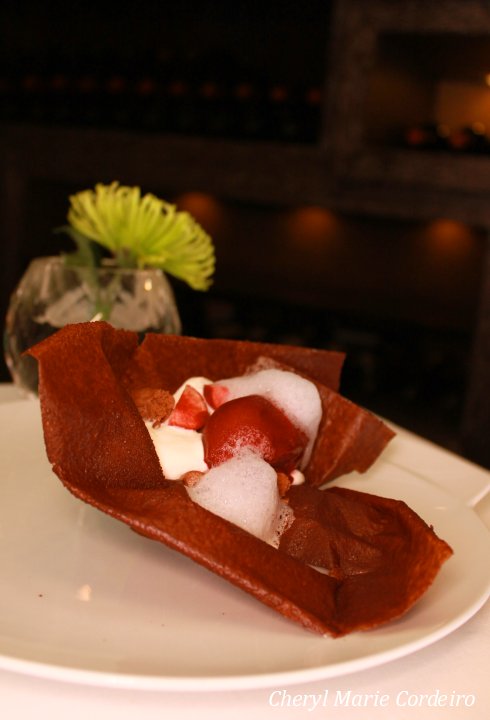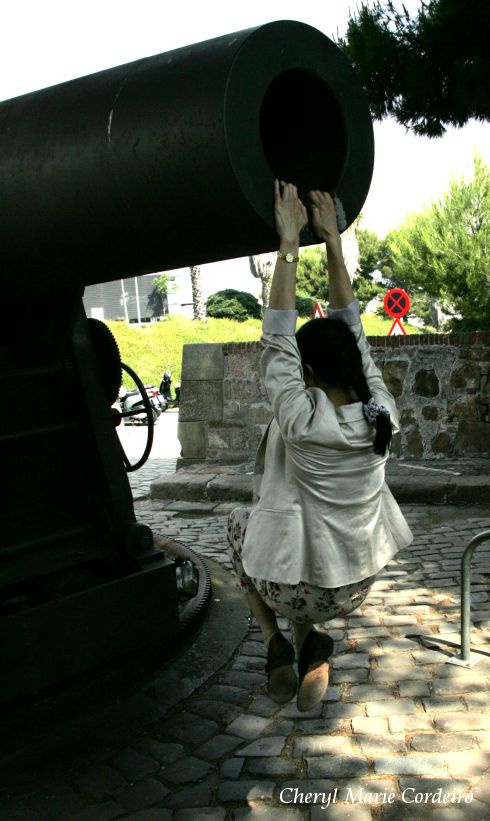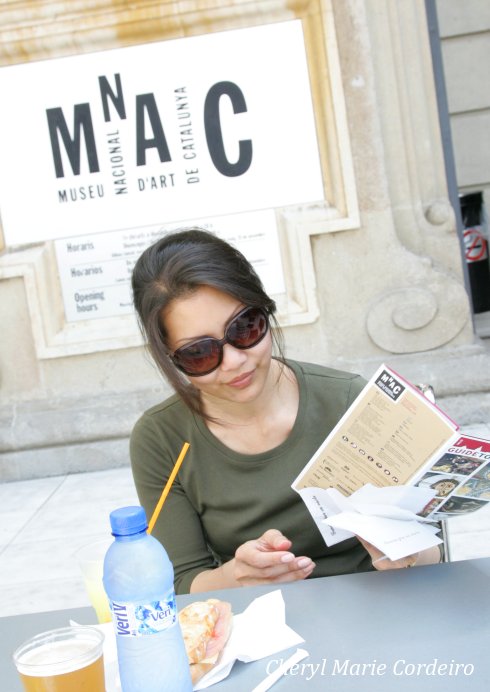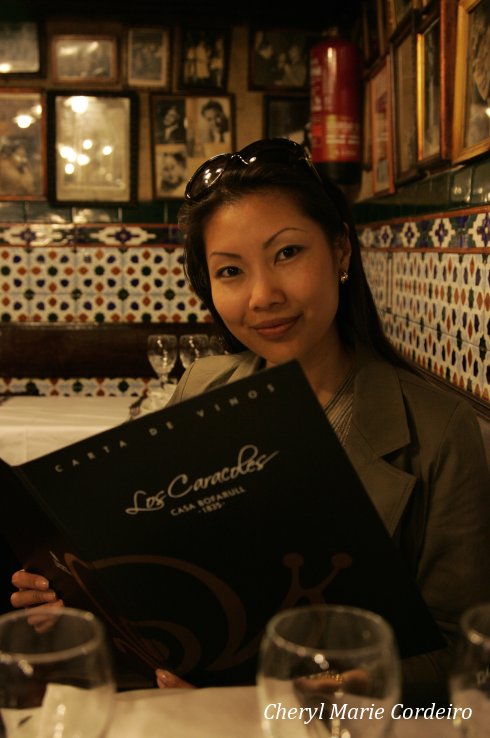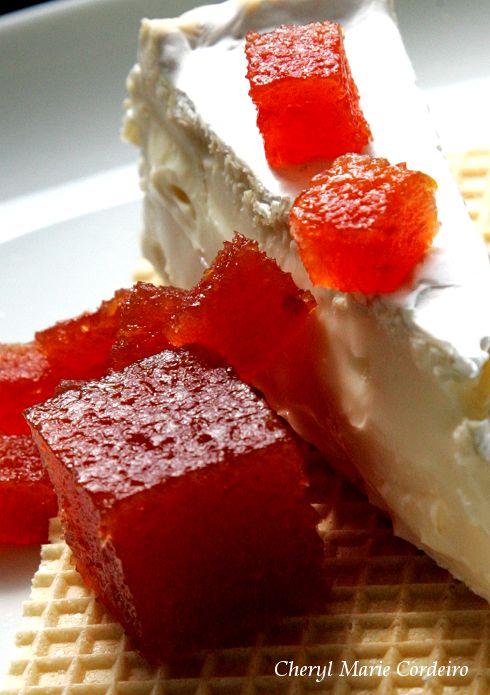At La Boqueria in Barcelona.
Text and Photo © JE Nilsson and CM Cordeiro 2012
Even if briefly visiting a new country, one of my most absolute favourite things to do is to go shopping for groceries at the local wet market, from fresh baked breads to cheese, eggs and various types of fruit both fresh and preserved. And while in Europe, the concept of ‘wet markets’ would differ from those in Asia, the spirit of trading at the break of dawn and the buzz of activities at a local focal meeting point would still be the fundamental connecting points in these entities.
Continue reading “Finding your way in Barcelona”
